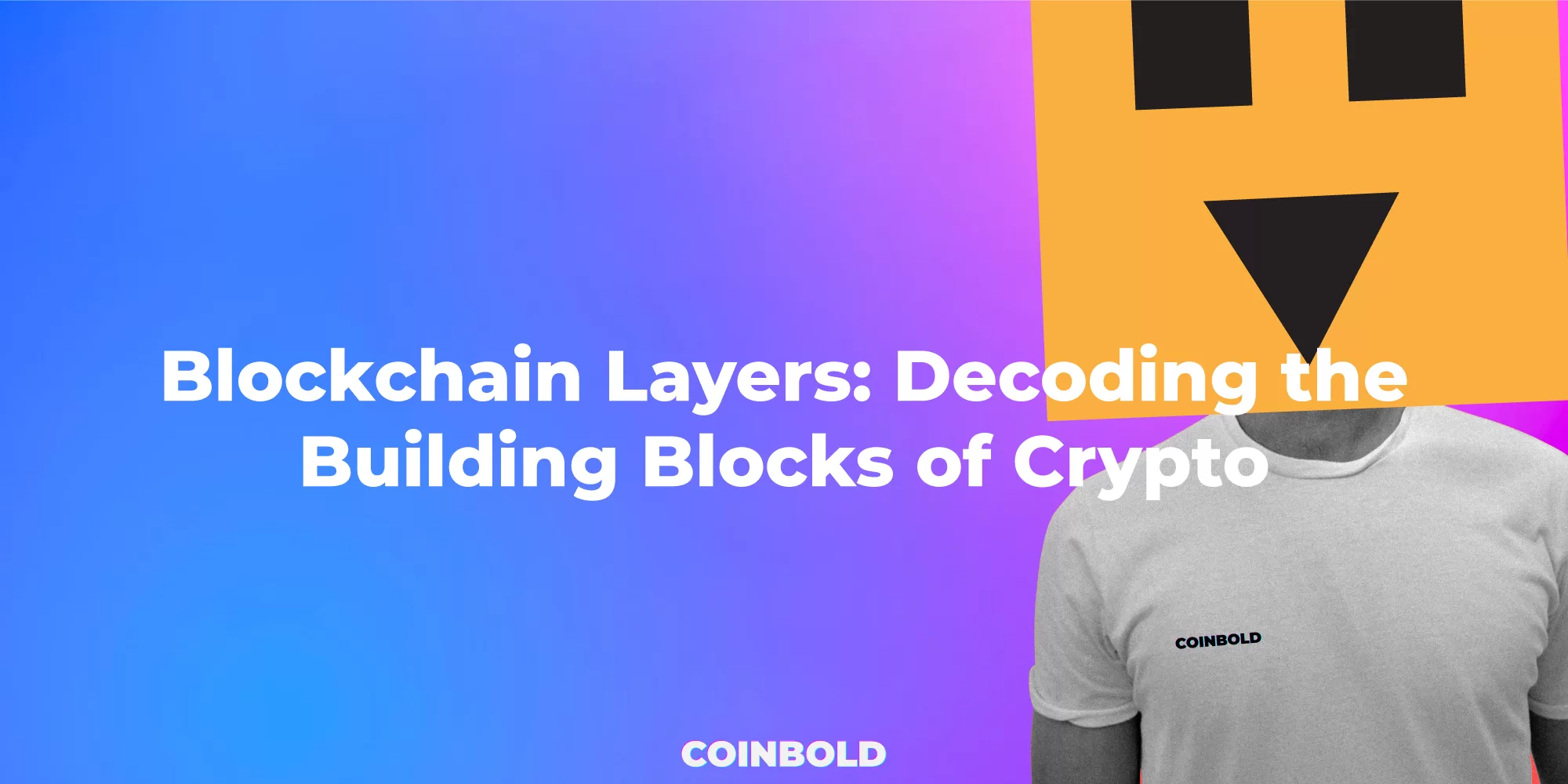Blockchain technology has transformed the way we perceive and interact with digital assets. Its decentralized and transparent nature has made it a cornerstone of the cryptocurrency industry. However, comprehending the inner workings of blockchain can be overwhelming, especially for newcomers. In this article, we will break down the layers of blockchain, providing a clear understanding of their roles and functions in the crypto ecosystem.
Role of Blockchain Layers in Crypto
Blockchain layers play a crucial role in the crypto ecosystem. Each layer serves a unique purpose and contributes to the overall functionality of the blockchain. Let’s explore the different layers and their significance in the crypto realm.
What is A Layer 0 Blockchain?
The Hardware Layer: Layer 0
At the core of blockchain lies the hardware infrastructure layer, often referred to as Layer 0. This layer comprises the network of computers (nodes) that contribute to the computing power and security of the blockchain network. These nodes decrypt transactions and play a vital role in the validation process. Layer 0 provides the foundational elements necessary for the operation of blockchain networks.
What is A Layer 1 Blockchain?
The Data Layer: Layer 1
Layer 1, also known as the data layer, is where the transaction details are stored within a blockchain. Transactions are recorded on blocks, which are the fundamental units of a blockchain. Each block contains crucial information such as the cryptocurrency sent, the public key of the receiver, and the private key of the sender. The blocks are connected to the previous and next blocks, creating an immutable chain of transactions.
Prominent examples of Layer 1 blockchains include Bitcoin and Ethereum. These blockchains operate at Layer 1, maintaining the functional aspects of the blockchain network. The protocols implemented at Layer 1 influence the functioning of subsequent layers.
What is A Layer 2 Blockchain?
The Network Layer: Layer 2
Layer 2, also known as the network layer, addresses the communication between nodes within a blockchain network. As blockchain networks are open systems, each node needs to be aware of the transactions being validated by other nodes. The network layer facilitates this communication, allowing nodes to share and verify transaction information.
Layer 2 serves as a scaling solution, overcoming the limitations of Layer 1 in terms of transaction throughput. To enhance scalability and improve overall network efficiency, Layer 2 often integrates third-party solutions. Notable Layer 2 technologies include the Lightning Network for Bitcoin and Polygon for Ethereum.
What is A Layer 3 Blockchain?
The Consensus Layer: Layer 3
Layer 3, also known as the consensus layer, plays a crucial role in validating blocks within a blockchain. This layer ensures that transactions are confirmed and added to the chain without duplication or manipulation. Consensus mechanisms, such as Proof of Work (PoW) and Proof of Stake (PoS), are implemented at Layer 3.
In PoW, validators compete to solve complex mathematical puzzles, with the first one to solve earning the right to add a block to the blockchain. PoS, on the other hand, randomly selects validators based on the stake they hold in the network. Layer 3, also known as the application layer, hosts decentralized applications (dApps) and protocols that enable various user-facing applications in the crypto ecosystem.
Key Differences Between Layers 0, 1, 2, and 3
| Layer | Description | Prominent Users | Use Cases |
|---|---|---|---|
| Layer 0 | Hardware Infrastructure | Crypto Exchanges | Computational resources, robust network operations |
| Layer 1 | The Protocols | Bitcoin, Ethereum, Litecoin, Ripple | Secure transactions, data |
| Layer 2 | Scaling Solutions | Binance, Coinbase, Kraken, Uniswap | Enhanced transaction speed, reduced fees, interoperability |
| Layer 3 | Applications and Services | Kraken, Uniswap, MetaMask, PancakeSwap, OpenSea, Aave | Reduced fees, interoperability, dApps, DeFi platforms, NFT, crypto trading |
Conclusion
Understanding the layers of blockchain is essential for comprehending the inner workings of cryptocurrencies. Each layer serves a unique purpose and contributes to the overall functionality of the blockchain. Layer 0 provides the foundational hardware infrastructure, while Layer 1 maintains the protocols and executes the blockchain. Layer 2 introduces scaling solutions, improving transaction speed and reducing fees. Finally, Layer 3 hosts the applications and services, such as decentralized finance (DeFi) platforms and non-fungible token (NFT) marketplaces. By leveraging the distinct advantages of each layer, the crypto community continues to drive innovation and shape the future of decentralized finance.
FAQs
What are Layer 1 and Layer 2 blockchain networks?
Layer 1 blockchain networks, like Bitcoin, operate independently with their own protocols. Layer 2 networks, such as the Lightning Network and Polygon, provide scalability solutions by building on top of Layer 1 networks.
Is there a Layer 3 blockchain?
Developers are currently in the early stages of developing Layer 3 blockchains, but widespread adoption faces challenges. One major hurdle is the lack of standardized infrastructure tailored for Layer 3 networks, which rely on Layer 2 solutions and demand consistent, dependable infrastructure.
What is the purpose of Layer 2 blockchains?
Layer 2 blockchains aim to address the scalability limitations of Layer 1 blockchains. By building on top of Layer 1 networks, Layer 2 solutions introduce various techniques to improve transaction speed, reduce fees, and enhance overall network efficiency.
How do Layer 1 and Layer 2 blockchains interact?
Layer 2 blockchains leverage the security of Layer 1 and introduce their mechanisms for processing transactions and enhancing scalability.
Are Layer 2 blockchains more scalable than Layer 1?
Yes, Layer 2 offers improved scalability by implementing off-chain processing and other optimizations.


